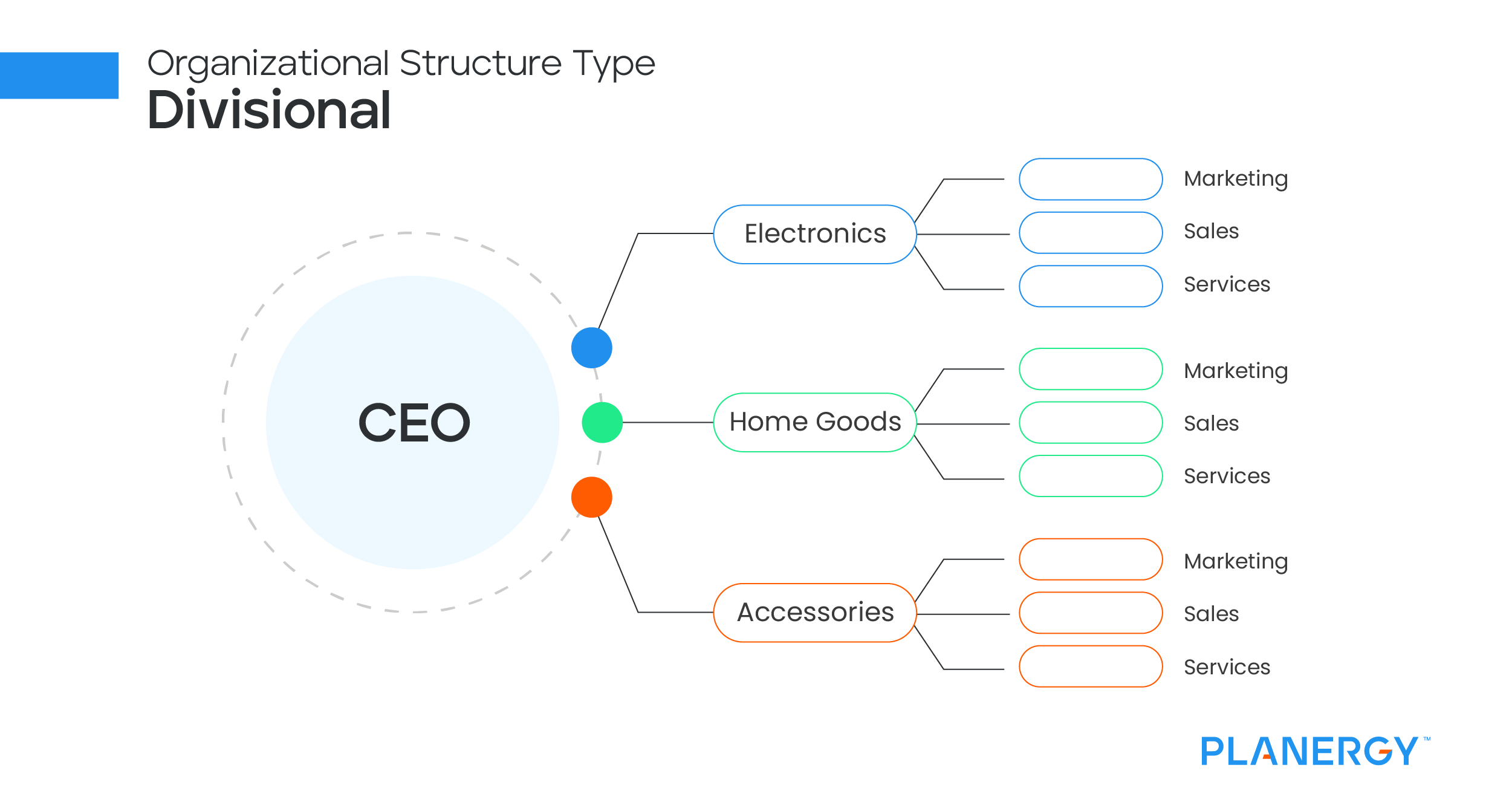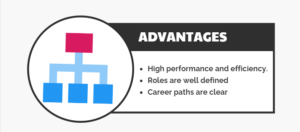Unknown Facts About Relational Leadership Essentials
Unknown Facts About Relational Leadership Essentials
Blog Article
The Best Guide To Relational Leadership Essentials
Table of ContentsRelational Leadership Essentials for DummiesSome Ideas on Relational Leadership Essentials You Need To KnowSome Ideas on Relational Leadership Essentials You Should KnowThe Basic Principles Of Relational Leadership Essentials Relational Leadership Essentials for Beginners7 Easy Facts About Relational Leadership Essentials DescribedSome Known Factual Statements About Relational Leadership Essentials Relational Leadership Essentials for Beginners
There may be several lines of reporting, which may alter depending on task obligations. To put it simply, rather than people reporting to one manager, they may report to others as part of their routine task obligations or for various tasks. In a matrix org framework, a functional manager will supervise all aspects of a project and is the key decision-maker.In a matrix org framework, the task supervisor or lead has even more authority. The functional manager is still the supreme authority. In a matrix org structure, the project supervisor is granted equivalent (or even more) power than the useful manager. The task supervisors have control over sources and job jobs. Advantages of a matrix org framework include: Raised interaction efficiency Improved employee inspiration as a result of extra autonomy Boosted teamwork and collaboration from cross-functional location communications Maximization of resources and sharing Raised staff member advancement Downsides of a matrix org structure consist of: Prospective disputes between supervisors and jobs because of conflicting purposes Complication over who commands to make choices Lowered worker effectiveness when staff members are appointed to several tasks Increase management overhead costs as a result of several management layers For more on matrix structures, please review this short article.
Some Known Details About Relational Leadership Essentials
This structure groups workers right into useful locations based on their proficiency. The graphic that adheres to shows a functional structure, with the lines indicating reporting and authority relationships.
Product divisions work well where products are more technical and need more specific understanding. These item divisions are sustained by central solutions, that include: public relationships, organization growth, lawful, international study, human sources, and money. This sort of structure is excellent for companies with numerous items and can help reduce product development cycles.
Another negative aspect is that the company might end up with replicate sources as different divisions pursue autonomy. Companies that use solutions, such as healthcare, tend to use a customer-based framework. While comparable to the product structure, the various service segments at the bottom are each split into a specific consumer team as an example, outpatient, immediate care, and emergency situation treatment people.
Not known Incorrect Statements About Relational Leadership Essentials
Workers can specialize around the type of client and be more efficient with that kind of consumer. The directors of each client center would report straight to the chief medical police officer and/or the health center CEO. This is likewise made to prevent overlap, complication, and redundancies. The consumer structure is proper when the company's product and services needs to be tailored to details customers.
The customer-based framework is perfect for a company that has services or products one-of-a-kind to certain market sections, particularly if that company has actually progressed knowledge of those segments (leadership training). There are negative aspects to this framework, have a peek at this website also. If there is way too much autonomy across the divisions, incompatible systems might create. Or departments might wind up unintentionally replicating activities that divisions are currently taking care of.
7 Simple Techniques For Relational Leadership Essentials

Its key drawback: complexity, which can bring about confused employees. The truth is that if an organization is effective sufficient to make it through and expand, it will at some point require some kind of assimilation. Poor communication between siloed departments often results in a dilemma that influences efforts to integrateefforts such as groups, networks, and modular frameworks.
The latest, and the majority of different, group structure is commonly known as a network framework. A network structure has little administration and functions decentralized decision making.
Fascination About Relational Leadership Essentials

The round structure can be complicated, specifically for new workers. The adhering to video clip explores Zappos' work society and organizational framework. A business that has areas or departments that can be quickly divided from the firm without jeopardizing the company are thought about to have a modular business framework. The key lies in the capability to determine which components, or divisions, of a service are effective and which can be contracted out to produce a tighter company.
Not known Facts About Relational Leadership Essentials
This brief quiz does count toward your grade in the class, and you can retake it a limitless variety of times. Use this test to examine your understanding and determine whether to (1) examine the previous area even more or (2) go on to the next area.

Encouraging individuals in a team-based company can be more difficult as group accomplishments are awarded rather than private success. The newest, and a lot of different, team structure is generally referred to as a network framework. A network framework has little bureaucracy and functions decentralized choice making. Supervisors coordinate and control relationships both inner and external to the firm.
The 2-Minute Rule for Relational Leadership Essentials
Order is intended to emerge from the base up, as opposed to depend on top-down command and control as in typical organizational frameworks. Guidelines are specific in a so-called constitution, which defines the power and authority of each circle. For control, the worker circles overlap flat and without vertical power structure. Once the groups are in place, the chief executive officer successfully gives up all executive powers.
The adhering to video clip checks out Zappos' job society and organizational structure. A company that has locations or departments that can be easily separated from the company without threatening the firm are considered to have a modular organizational structure.
What Does Relational Leadership Essentials Mean?
This brief quiz does count towards your quality in the class, and you can retake it an unlimited number of times. Use this test to inspect your understanding and choose whether to (1) study the previous area additionally or (2) proceed to the following section.
A matrix organizational framework is one in which workers report to multiple employers instead than simply one. It differs from the timeless organizational structure where the pecking order flows from the top down. This framework produces a system where workers have multiple superiors along both features and project lines.
Report this page